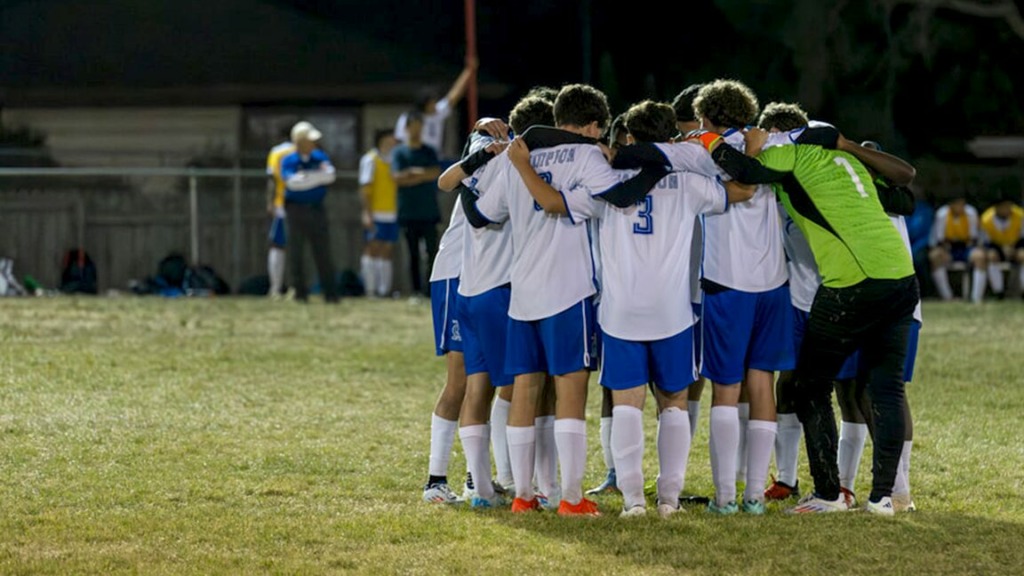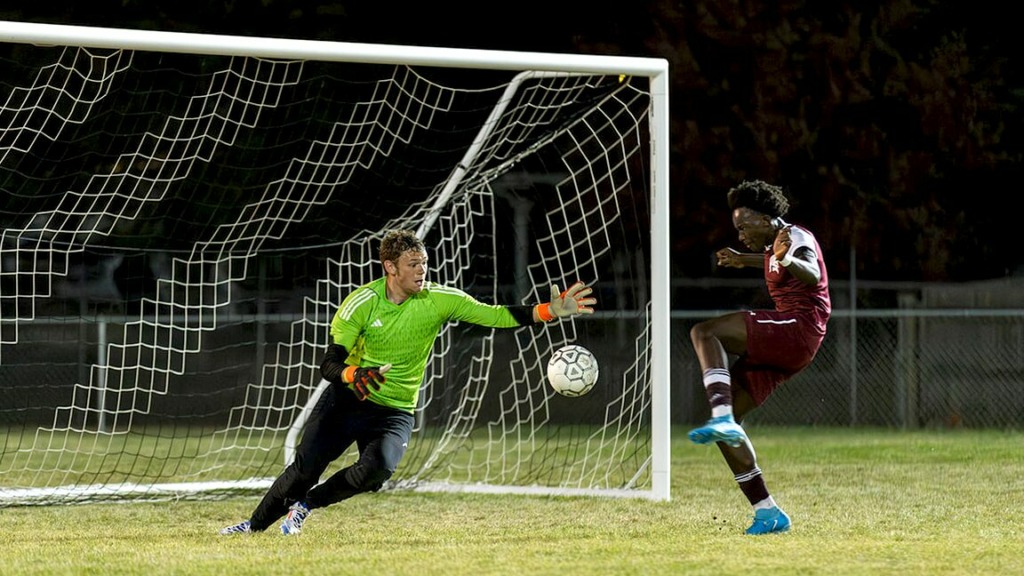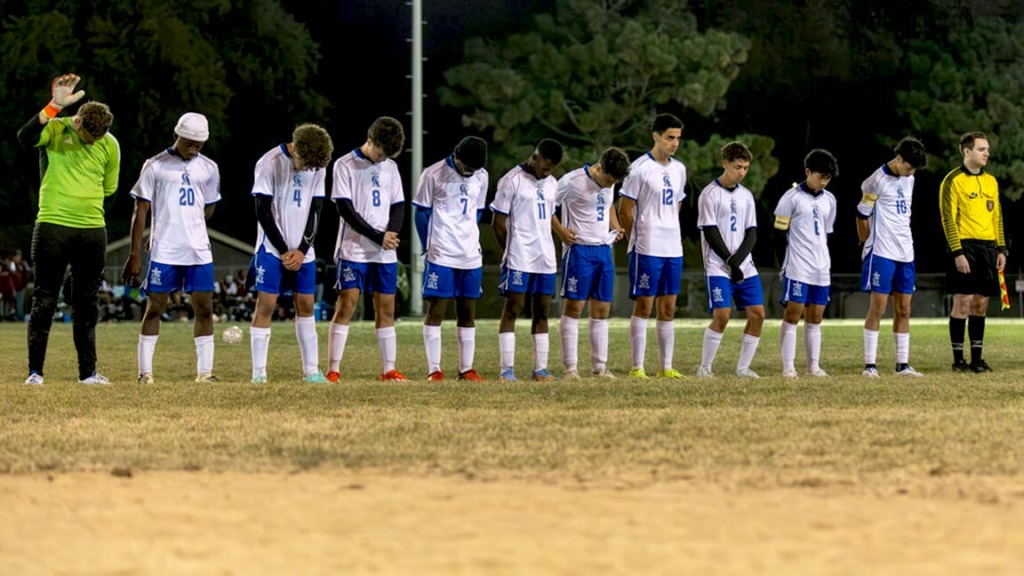One of my favorite places to get dessert is CRUMBL Cookies. It’s a cookie chain that serves giant fresh baked cookies in a brilliantly bright pink box. The unique thing about this business is that the entire menu changes. Each week, five flavors of cookies change entirely. For example, one week the menu may offer a Chocolate Covered Strawberry cookie, but within seven days, that flavor will be traded out for Lemon Poppy Seed. Customers never know what flavors will show up each week, nor do they know when a certain favorite flavor of theirs will return to the menu. It’s a genius business model if you really think about it. The ever-changing menu keeps customers curious and coming back regularly in anticipation to see which flavors are offered in the limited span of six business days.
CRUMBL Cookies is very similar to life in that you can always count on one thing … change. If only every change we experienced in this life were as sweet as fresh baked cookies. There are many changes happening in our world, whether it be changes in society, the economy, with technology, in politics, in religion, the list goes on and on. Sometimes it seems like the entire menu changes weekly. But it makes me wonder if the changes that are happening in our world today can lead us as Christians to a place of curiosity and anticipation rather than fear and anxiety. It makes me wonder if the changes that are happening in the world around us can lead us to a place where we say, “Different Day, Same God.”
Like all things, this brings me to go look at the Word of God. This subject of change brings me the old solid Bible story of David and Goliath:
Goliath stood and shouted to the ranks of Israel, “Why do you come out and line up for battle?” Am I not a Philistine? And are you not servants of Saul? Choose a man and have him come down to me (1 Samuel 17: 8).
Goliath makes a solid point here. Why would the guys in the Israelite army line up for battle, day after day, morning and evening, for forty days, just to run away?! I guess I can’t blame the Israelites, because with single man combat, the Israelites are no longer looking to God or their full army for help. Instead, they start comparing themselves to what’s in front of them, Goliath. When they compare, they see they have big odds stacked against them! Their struggle is very real! So, they keep lining up, and running away, lining up, and running away.
But what if the army of Israelites had compared their circumstances, their surroundings, and, ultimately, their giant to their God? What if we compare our circumstances, our surroundings, and, ultimately, the giants we are facing in our world to our God? I recently heard a song that sang, “The only remedy for big odds, is a big God.” It makes me ask the question, “Are we as Christians comparing our big odds to our big God?”
Next up in the story, a shepherd boy named David, the youngest son of Jesse, heads out to deliver bread and cheese to his brothers who are “fighting” in battle. That’s right, before there was DoorDash, there was David.
David happens to show up right as the Israelites are lining up for battle and that’s when he hears Goliath talking trash about his God. He also hears about the reward for the one who kills the giant: you get wealth, a wife, and waived from taxes! What a deal! People hear David discussing these matters and bring him to King Saul.
Which brings us to the passage that I believe is the heart of the story and the heart of this article.
But David said to Saul, “Your servant has been keeping his father’s sheep. When a lion or a bear came and carried off a sheep from the flock, I went after it, struck it and rescued the sheep from its mouth. When it turned on me, I seized it by its hair, struck it and killed it. Your servant has killed both the lion and the bear; this uncircumcised Philistine will be like one of them, because he has defied the armies of the living God. The LORD who rescued me from the paw of the lion and the paw of the bear will rescue me from the hand of this Philistine (1 Samuel 17:34-37).
This passage often gets skimmed over, but it is the cornerstone of this Bible story. Forever, I heard this story growing up, and the emphasis was always on David and how much faith he had in God. The title we give this story is, “David and Goliath.” The songs we sing about this story go something like, “Only a boy named David.” Forever, I thought David was the main character of this story and the main point was to have courage and faith like David did. But this passage changed everything for me.
This passage reveals that
God was the one who made the first move.
God was the one who first rescued David from the Lion.
God was the one who rescued David again from the paw of the bear.
God rescued David first.
God loved David first.
David is just an eyewitness of the Living God, and THAT makes David look at his current situation and say, “Different Day, Same God. Different Giant, Same God.”
It’s God’s faithfulness that gives David the courage and confidence to … go to the frontlines,
To boldly speak truth to the giant;
To run towards him;
To kill him with a stone;
To stand over him in victory; and
To, ultimately, reverse the entire story for the Israelites.
The story even ends with the Israelites doing a victory chant and chasing after the Philistines.
Talk about a plot twist. I think God loves a good plot twist.
The point of this story is not just “Try to have the SAME FAITH as David,” but that “We have the SAME GOD as David.”
I used to think of the Bible as stories about
Abraham having faith in God.
Joseph having faith in God.
Moses having faith in God.
David having faith in God.
Daniel having faith in God.
And I used to think the main point of these Bible stories was that I need to try to be like these characters and have a lot of faith. That’s not a bad message by any means, but the problem was that once the Bible ended, it’s done. That’s where the God stories stop. That’s where the powerful God stops, because all of those Bible characters are dead and done, including God.
But when reading through the Bible, I realized it is not just a bunch of separate stories of humans having faith in God, the Bible is one BIG story of God being faithful to humanity.
Which means, when the Bible stops, God keeps going.
Which means, when our world throws us curveballs, God keeps working.
Which means, when our world keeps changing, God remains constant.
Which means, when it’s 2024 and we are surrounded with new challenges, our big God is still in it with us.
It means He’s NOT just the God of Abraham, Jacob, Isaac, and David …
He’s the God of Mollie,
The God of Rajmund,
The God of you, Reader!
The God of each and every one of you.
He is so in love with us, ready and willing to walk, talk, and do life with us.
Fellow Christian, our God is the God who is and who was and who is to come. He’s got the whole world in His hands. So instead of looking at the changes and challenges that surround us in this world today with fear and anxiety, let’s confidently be in a place of curiosity and anticipation. Let’s be curious and excitedly anticipating how God is going to work this time, how He’s going to come through this time, how He’s going to win this time.
When we realize that our God is big and faithful, this gives us the confidence to live confidently in an ever-changing world, with ever changing battles, with ever changing giants. So whatever change or challenge we face, whether good, bad or ugly, we can confidently say,
Different Day, Same God
Different Struggle, Same God
Different Job, Same God
Different Battle, Same God
Different Economy, Same God
Different World Leaders, Same God
Different Life Chapter, Same God
Different Giant, Same God.
Mollie Dupper is the associate pastor at Boulder Adventist Church. Email her at: [email protected]









